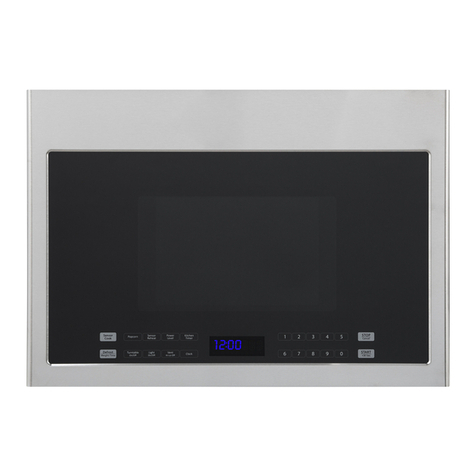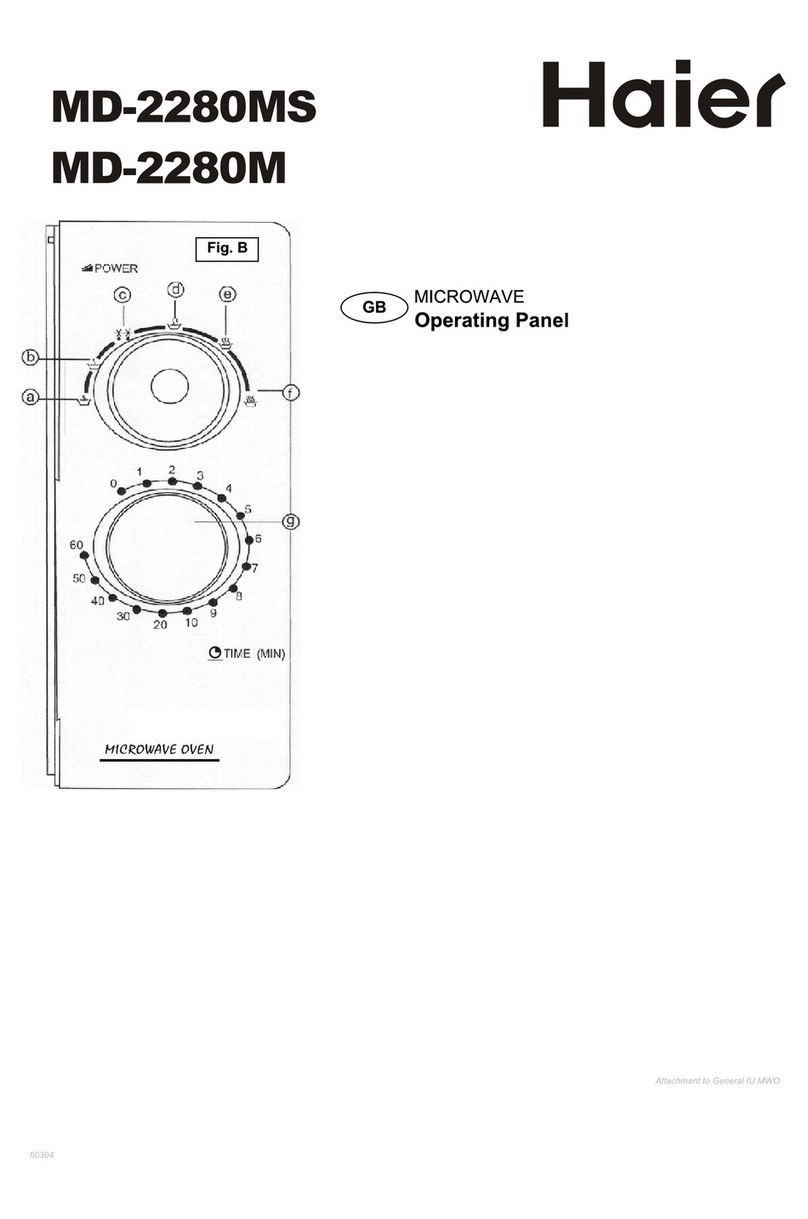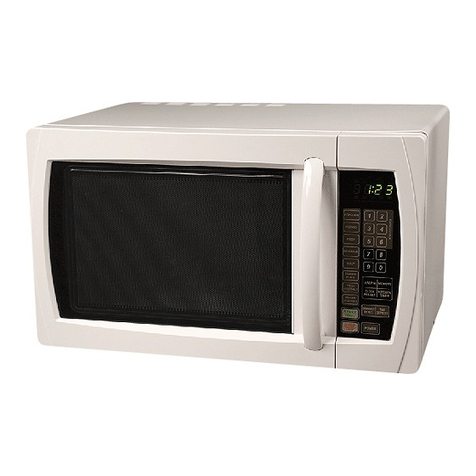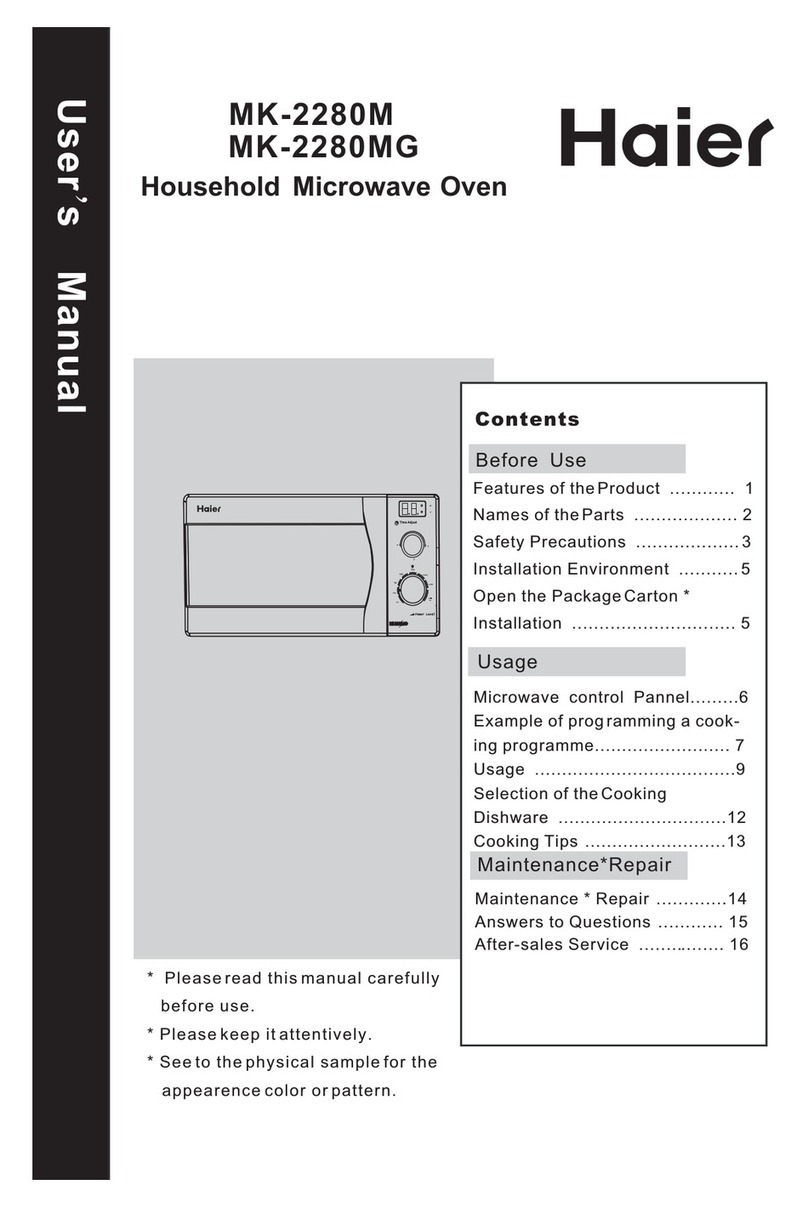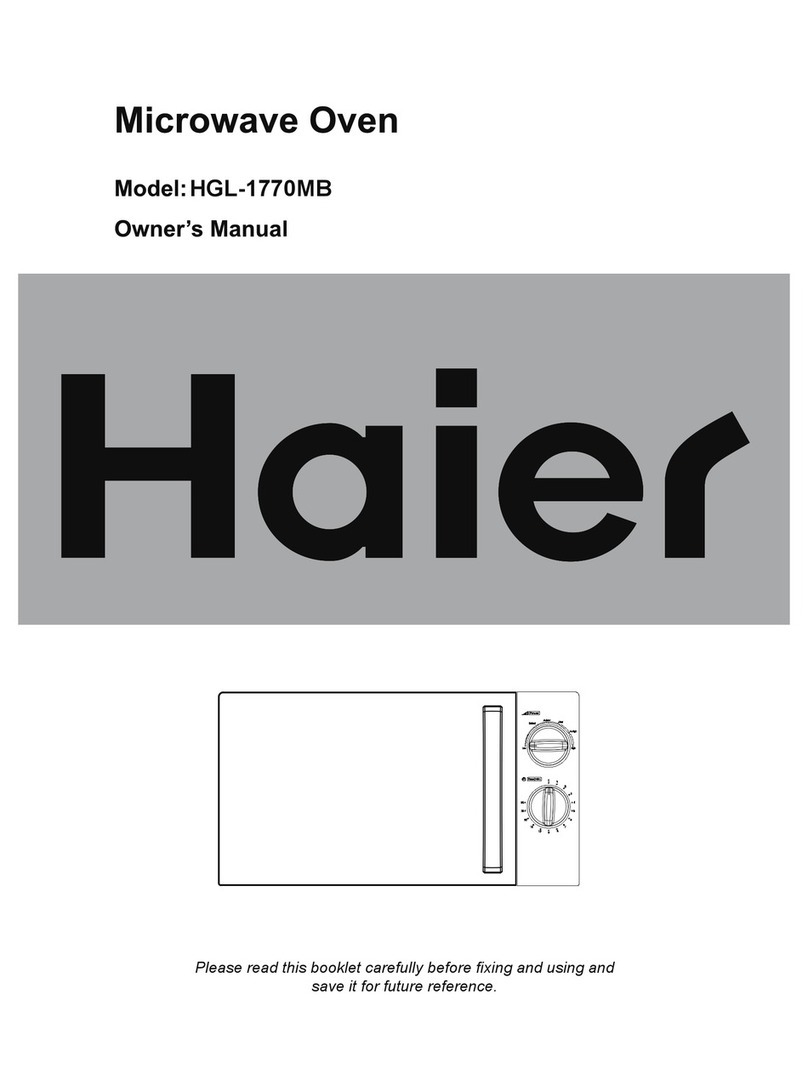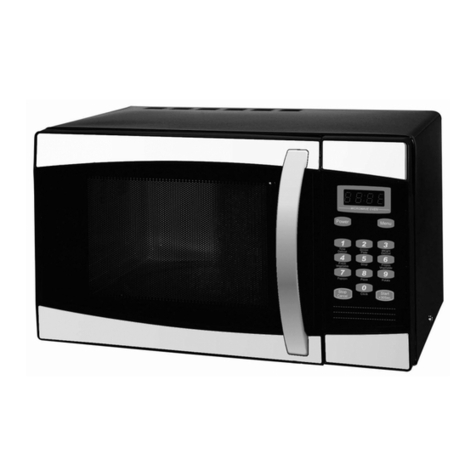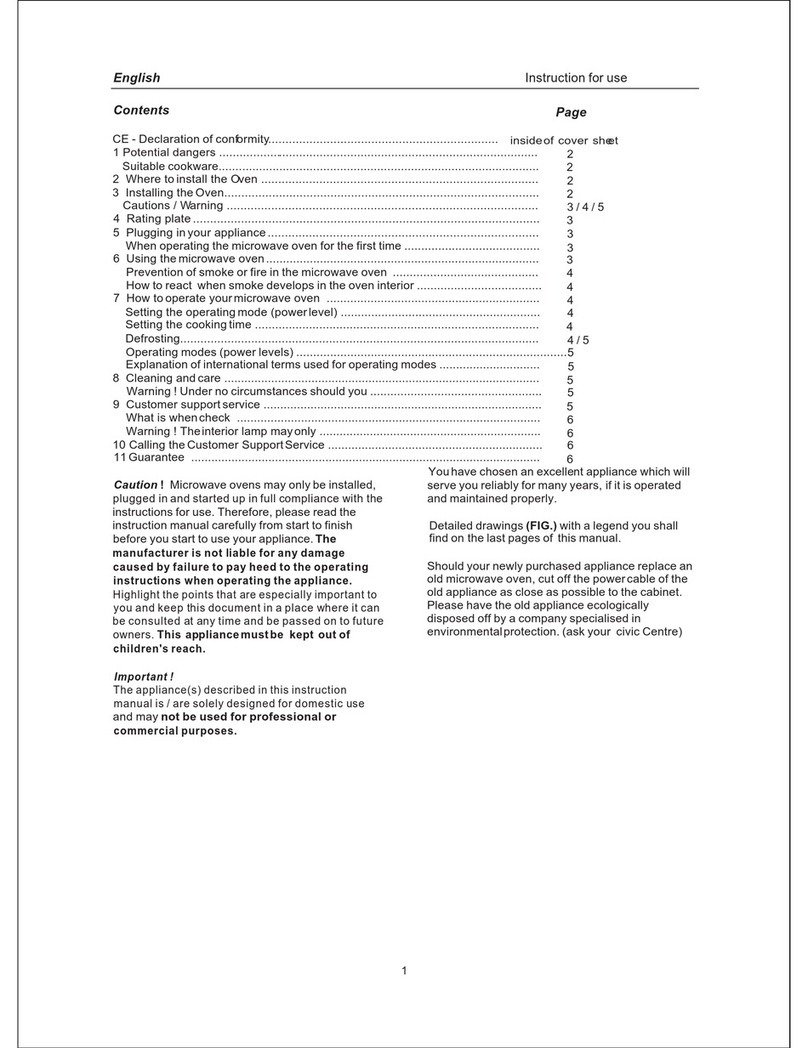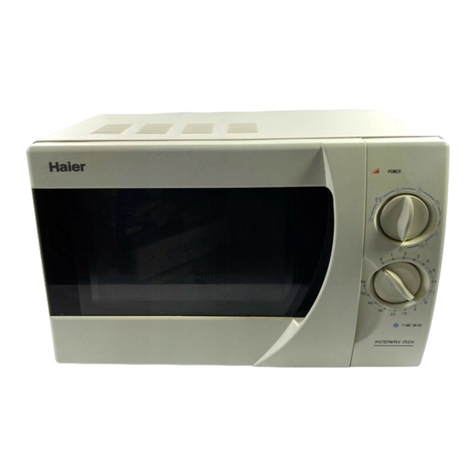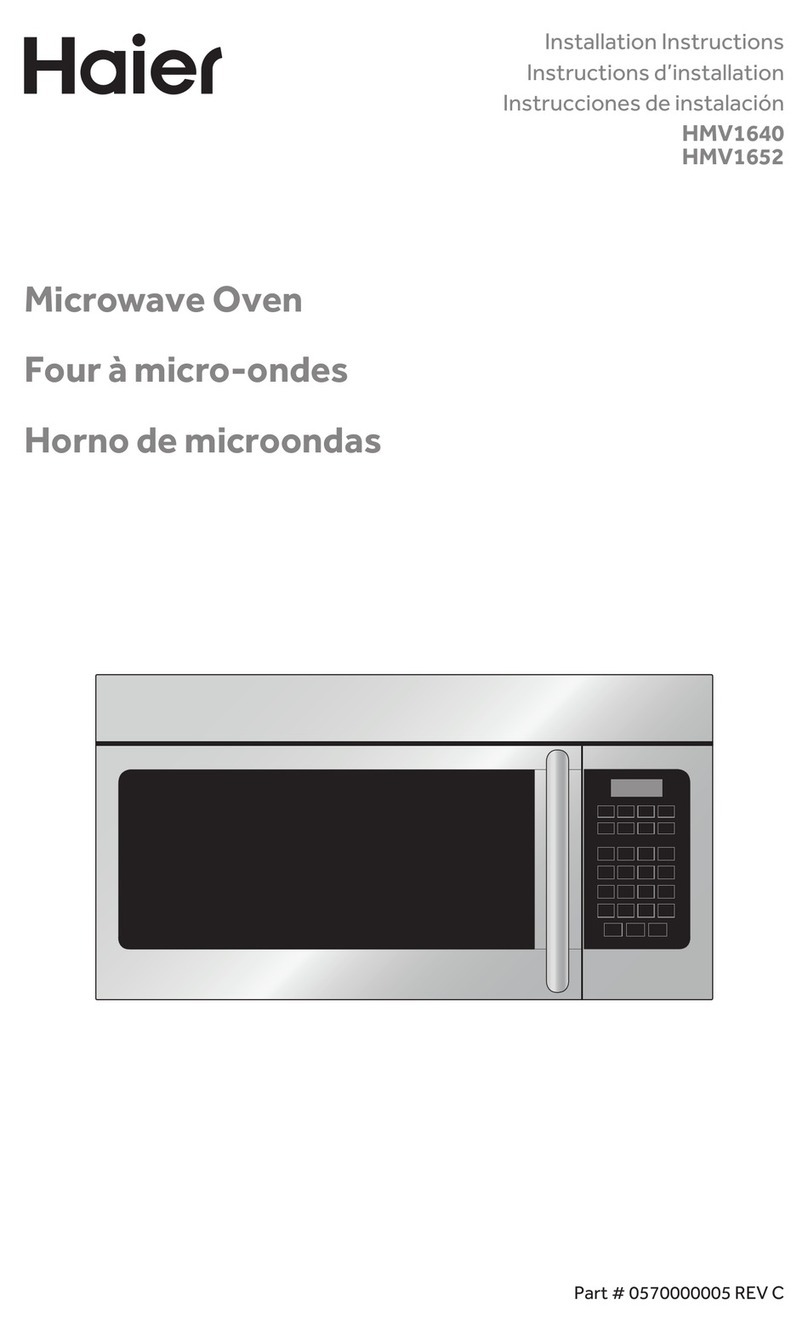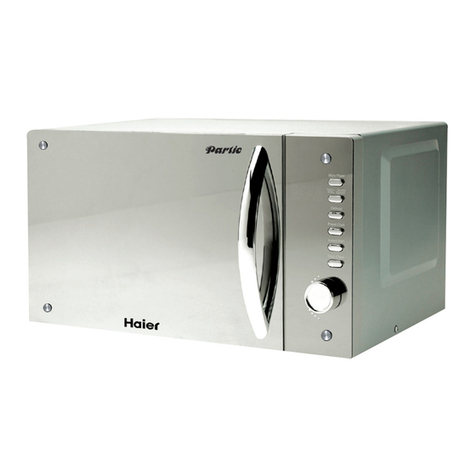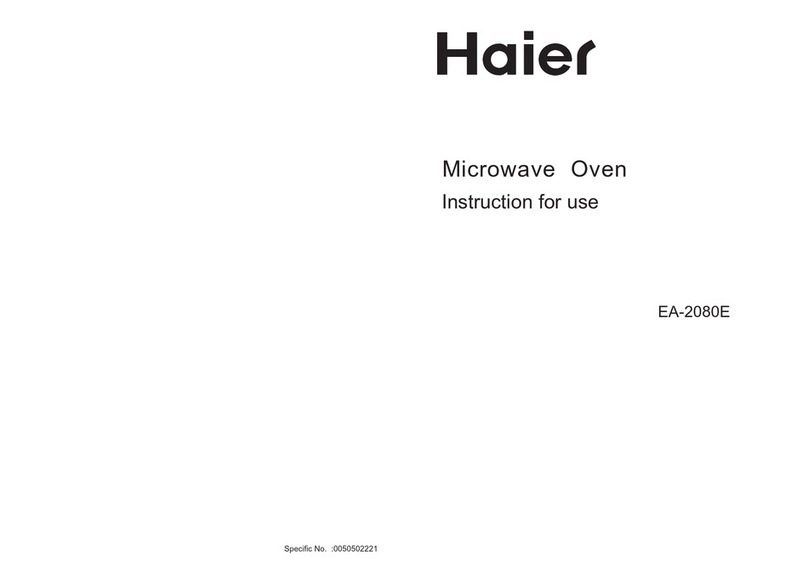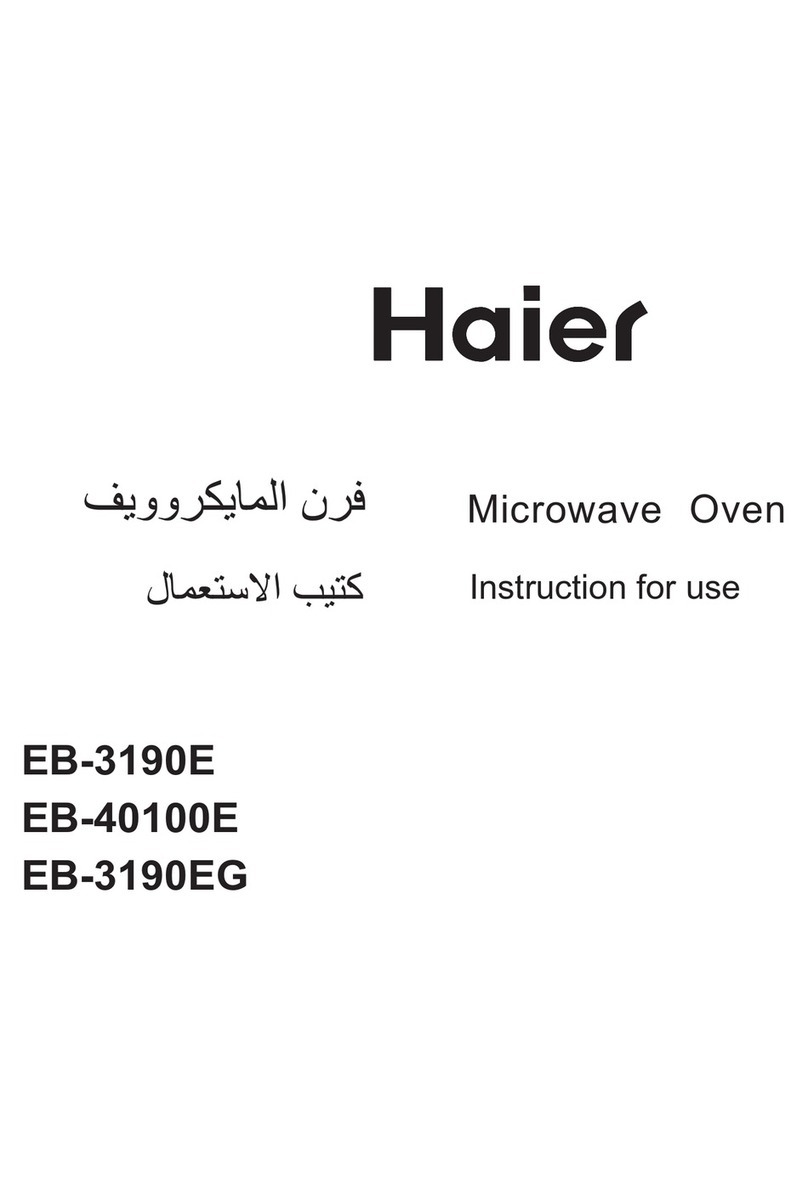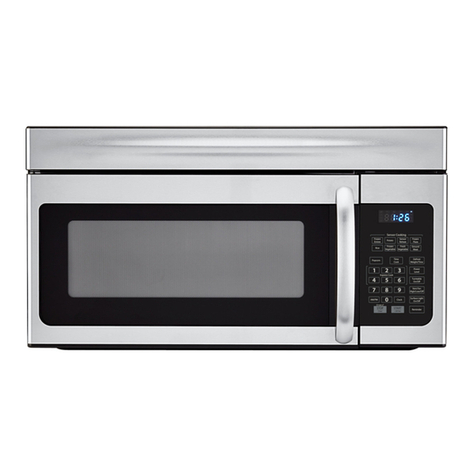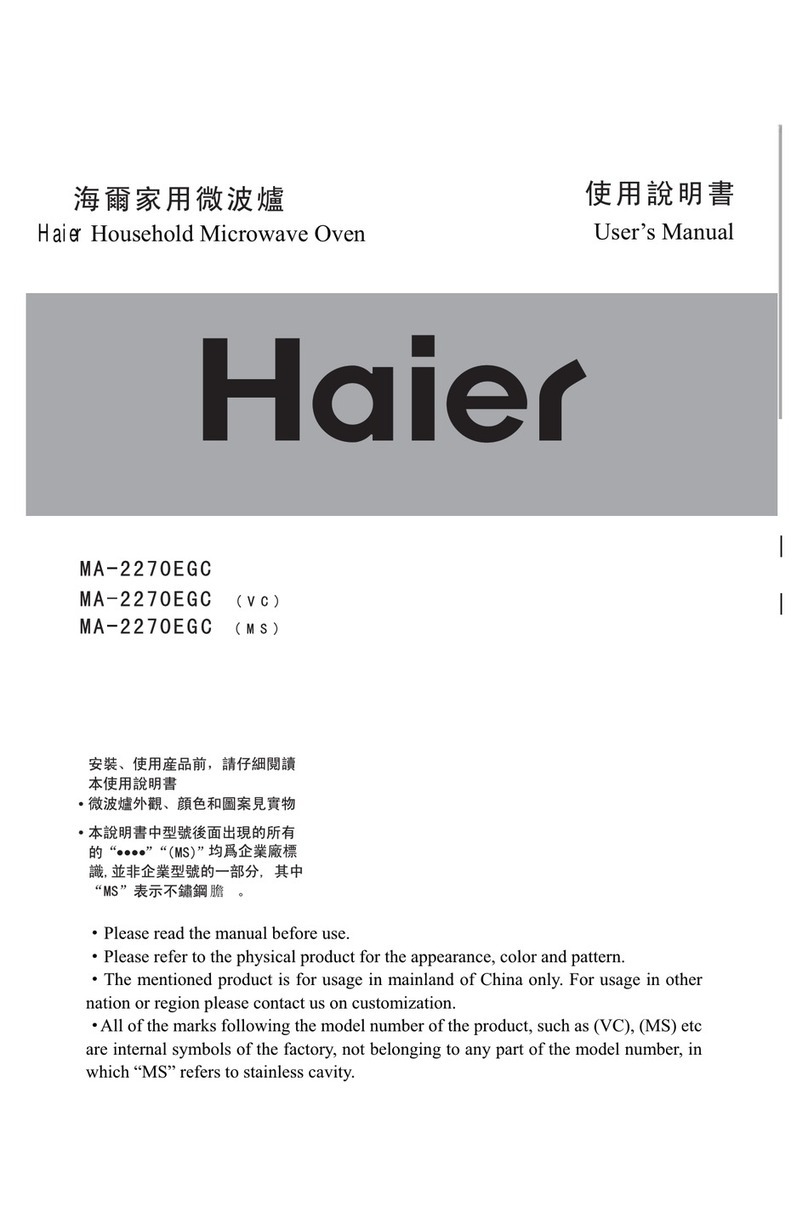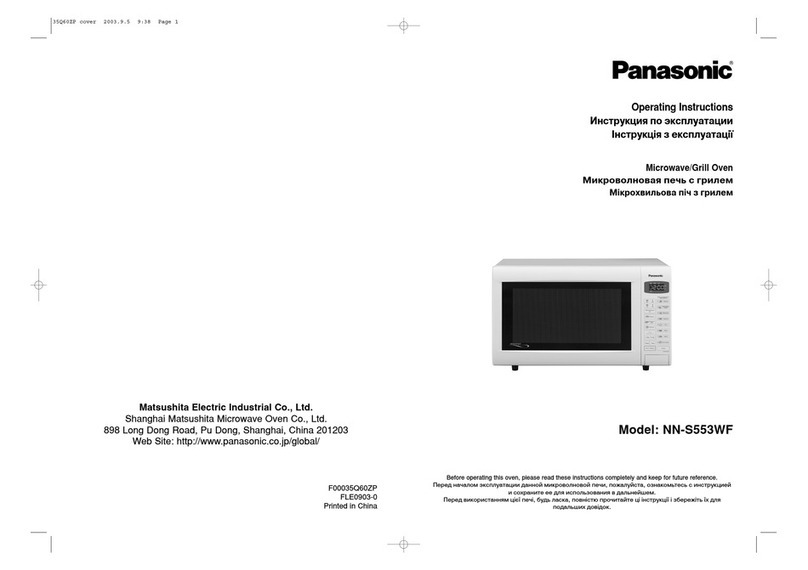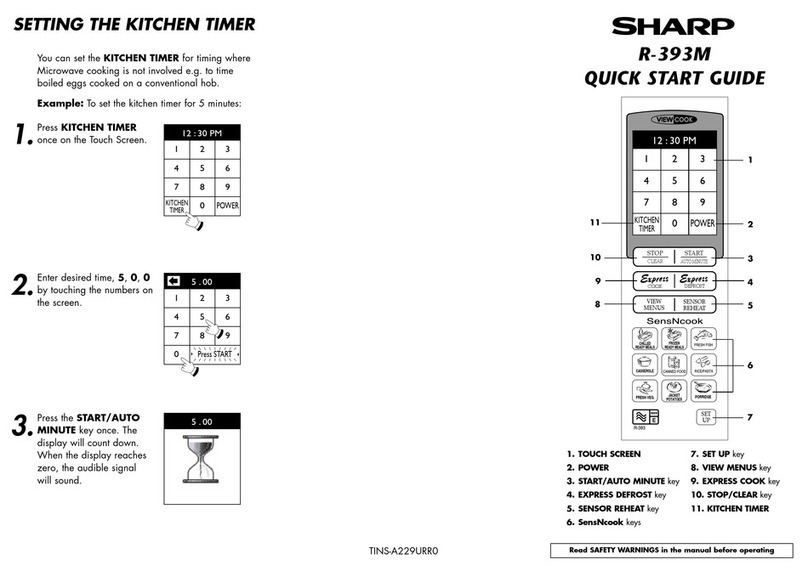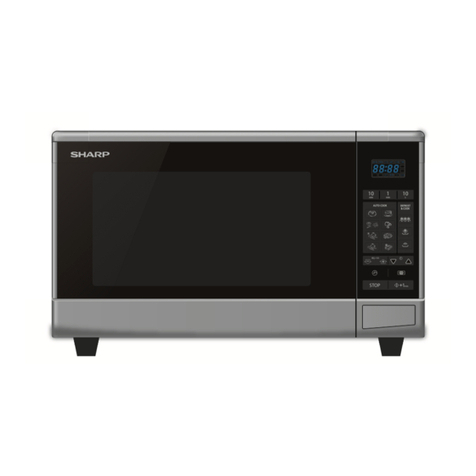EN 44 EN 45
Dear Customer,
We would like to thank you and congratulate
you on your choice. This new product has been
carefully designed and built using high-quality
materials, and meticulously tested to ensure
that it meets all your culinary requirements.
Please read and observe these simple instruc-
tions, which will enable you to achieve excellent
results from the very rst use. This state-of-
the-art appliance comes to you with our very
best wishes.
Important safety instructions
Warnings for microwave ovens
Respecting the environment
Oven identication plate
First use
The control panel
Main product functions
Microwave cooking modes table
For the installer
Solving traditional baking problems
Troubleshooting
45
47
50
51
52
53
56
58
59
61
62
Summary Important safety instructions
• This product is designed for domestic use. The manufacturer declines
all responsibility for personal injury or property damage deriving from
incorrect installation or improper, erroneous or unsuitable use.
• The appliance must not be used by people (including children) with
physical, sensorial or mental impairments, or by people without the
necessary experience or knowledge, unless they are supervised or
instructed in the use of the appliance by a person responsible for
their safety.
• Children must be supervised to ensure that they do not play with the
appliance. Do not place aluminium foil, pots or similar objects on the
bottom of oven to cook. The heating action of the lower heating ele-
ment may cause overheating of the lower part of the oven, resulting
in damage and serious consequences (risk of re), also for the counter
under the oven.
• The appliance gets very hot during use.
• WARNING: don’t touch the heating elements inside the oven.
ATTENTION:
• If the door or the gasket seals of the door are damaged, the oven
may not be used until it has been repaired by a qualied service
technician.
• It dangerous for anyone other than a service technician to perform
any maintenance or repairs that involve the removal of any cover that
protects against exposure to microwaves.
• Liquids or other foods must not be heated in air-tight containers
because they could explode.
• Children may not use the oven without supervision until they have
been adequately instructed in its safe use and understand the dan-
gers of using it incorrectly.
• Use only utensils appropriate for microwave ovens.
• When heating food in plastic or paper containers, check the oven
frequently because of the risk of re.
• If you see smoke coming out of the oven, turn o or unplug the appli-
ance, and keep the door closed to extinguish any ames.
